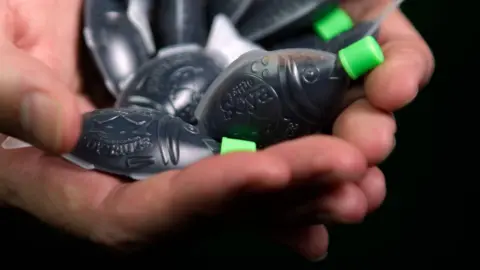The wristbands, resembling casual souvenirs, serve a critical scientific purpose. Comprised of soft silicone, they are designed to absorb chemical pollutants similarly to the human body, equipped with micropores that mimic human cell surfaces. Researchers measure the pollutants absorbed by these wristbands to provide insights into the chemical exposure of their wearers in everyday settings, such as the air quality and products used.
During a five-day monitoring period earlier this year, notable U.N. authorities, including the U.N. High Commissioner for Human Rights, participated in this innovative experiment organized by the International Pollutants Elimination Network (IPEN). The initiative emphasized the prevalence of unregulated chemicals associated with plastic and their potential health risks, highlighting the negotiators' vulnerability to these toxic substances.
Recently released findings revealed that the officials had been exposed to over 30 distinct chemicals. These results are meant not only to inform the ongoing treaty discussions but also to reinforce the message that those involved in setting environmental regulations are also at risk from these harmful substances.
The findings serve as a poignant reminder of the pervasive nature of plastics in our lives and the urgent need for comprehensive strategies to mitigate chemical exposure while addressing environmental concerns.
During a five-day monitoring period earlier this year, notable U.N. authorities, including the U.N. High Commissioner for Human Rights, participated in this innovative experiment organized by the International Pollutants Elimination Network (IPEN). The initiative emphasized the prevalence of unregulated chemicals associated with plastic and their potential health risks, highlighting the negotiators' vulnerability to these toxic substances.
Recently released findings revealed that the officials had been exposed to over 30 distinct chemicals. These results are meant not only to inform the ongoing treaty discussions but also to reinforce the message that those involved in setting environmental regulations are also at risk from these harmful substances.
The findings serve as a poignant reminder of the pervasive nature of plastics in our lives and the urgent need for comprehensive strategies to mitigate chemical exposure while addressing environmental concerns.
















